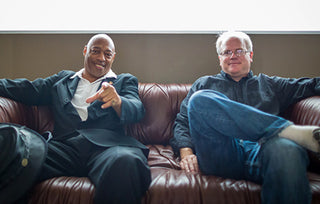Graffiti is just one of many cultural expressions to come forth from the ghettoes of America and take over the world. Whether one finds themselves in Los Angeles, Rio De Janeiro, or even Melbourne, the graffiti revolution that spawned in New York during the early ’70s has become a global phenomenon. As young artists, I think oftentimes we forget about the legends who labored without success to create the framework of the world we’re fortunate enough to exist within. Some of these mythological people that we look up to still roam this earth.
So imagine my luck, then, to be able to spend the afternoon at The Seventh Letter on Fairfax with Manhattan-legend-turned-graffiti-art-historian Chris Pape, better known as Freedom (the originator of the Freedom Tunnel) at his book signing on the man, the legend Blade, the true king of Graffiti. Blade is one of the true innovators of the culture, painting more than 5000 trains in his lifetime. The Bronx hero sat down with me and I had the pleasure of picking his mind – along with Freedom’s – on the ’70s, the New York of yesterday, what it means to be a graffiti artist, and the hard work involved in creating a legacy.
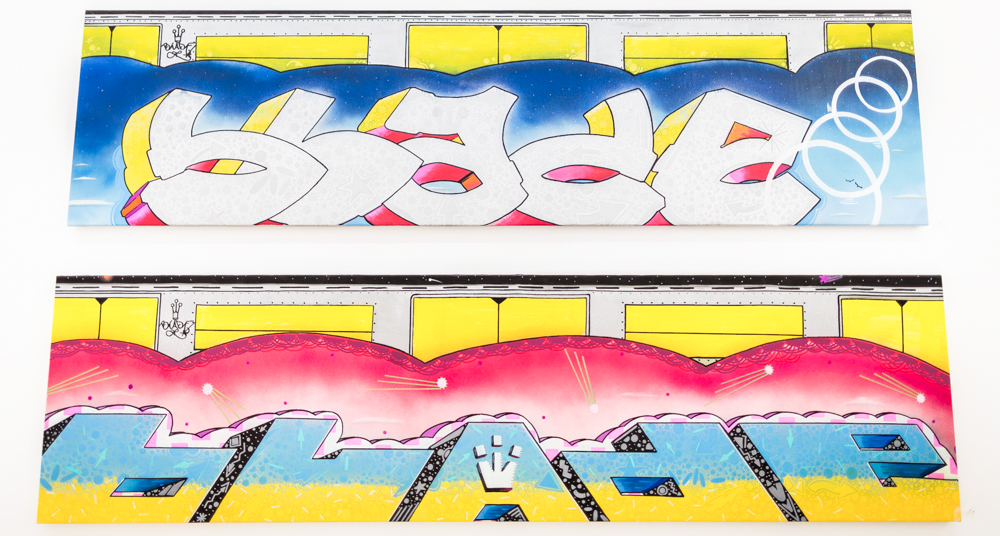
SENAY: For many of us, [people my age] don’t have authentic cultural expressions. For example, you guys grew up in a period of time where people were expressing themselves outside and not on a computer and it was hated on as far as law enforcement and –
BLADE: The mayor was never happy.
Now you see, 20 or 30 years later [how different things are]. A perfect example is in Sao Paulo. I was in Brazil, and their mayor promotes graffiti because they say that the art brings tourists to the city and that brings money to it.
FREEDOM: Gemeos is like a national hero.
Yeah, I went to his studio and he’s doing commercials. Blade, you made that transport from being someone profoundly known on the streets into the gallery world. Was it an easy transition to make that?
Blade: The transition for me was fairly easy because in 1982 a man named Henry Chalfant introduced me to another gentleman named Yaki Kornblit on Grand Street and West Broadway. He’s the one that actually approached myself and Seen and asked if we’d like to take it from the trains and take it to galleries. That was the day that everything changed in my life to start doing galleries 32 years ago.
You were well-known throughout the ‘70s towards the early ‘80s. What were you doing while you were painting as a mean of providing for yourself? For a living?
Blade: I was working with the newspaper company and then I was driving a yellow taxi for a lot of years in the ‘70s to the early ‘80s, then I worked for Square Parking. Somewhere in the book Seen took a picture of me in the ghost yard and I was such a belligerent knucklehead that up until 1984, even though I was doing gallery shoes, I went into the train yard wearing my Square Parking jacket. So it actually says on my jacket, “Hello, my name is Steve Ogborne and I’m here to park your car,” on the patch on my arm.
I was a pompous asshole at the time. The police were like, “We don’t have to chase you, we can read your name. We’ll just go to your house.”
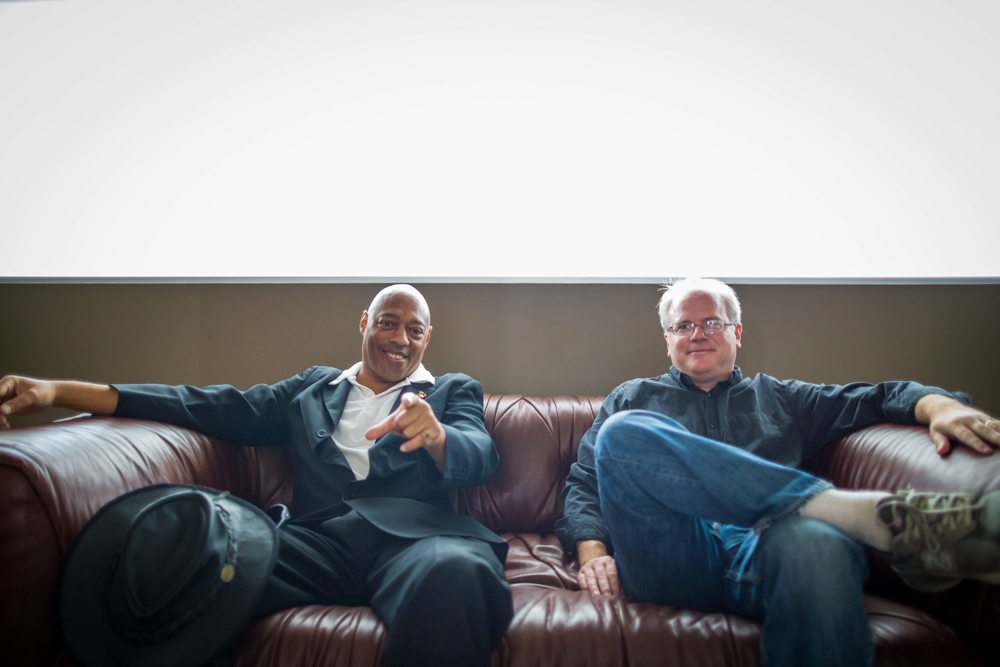
How worried were you? Did your families know that you were painting, that this was not a hobby, that it was a lifestyle? How did you fix having a normal life and being out on the streets living your real life?
Freedom: I was lucky. In ’74 or ’75 I was super lucky I got to know a lot of people and so on and so forth. But the idea of me getting to the train yards at that age, I was 14 or 15 years old, it just wasn’t going to happen. So I didn’t have to deal with my parents on that level, I had to deal with them on other things.
When I was 19, I came back to write and I had moved out of the house at that point – I moved out at 17. And sort of had a short-lived career on the trains and I wound up painting the tunnel for 15 years. So then my parents were dribs and drabs but they were okay with it. At that point they knew I had been a graffiti writer and were happy at least that I was out of that scene. I don’t know how Blade did it because we’re talking about thousands of trains.
Blade: My father was a World War 2 staff sergeant so you know exactly how he dealt with it. I liked painting trains and taking mescaline and huffing glue and smoking weed. So I got lots of knuckle sandwiches. That’s the easiest way to say that.
Did you go from drawing in sketchbooks to doing tags to pieces? Or how?
Blade: We started sketching in school. Most of us were sketching in Evander where I went to high school. And you would sit in class and instead of paying attention to the teacher you would use the loose-leaf paper to sketch on. And after you actually you developed some sort of style from the early ‘70s, you would go and execute them by doing a masterpiece on a train. But at the beginning when I started writing, in ’72, there were no masterpieces on trains at all, just singlets – [that’s] what they called tags in the ‘80s and ‘90s. You were actually able to steal one can of paint and put one hit on each red train car – or each black train car – so you’d get a single hit. That was a major big deal for people that grew from ’70-’72.
Freedom: And by the time my generation came along, say about 1979, it was already part of the ritual that you would arrive at the train with your outline. His generation had to figure it out.
Blade: There was nothing to go by. All the stuff you see now, everything looks very similar, everybody’s borrowing and copying from each other. There was nothing to borrow from because it didn’t exist. It’s like the guy that made the first car.
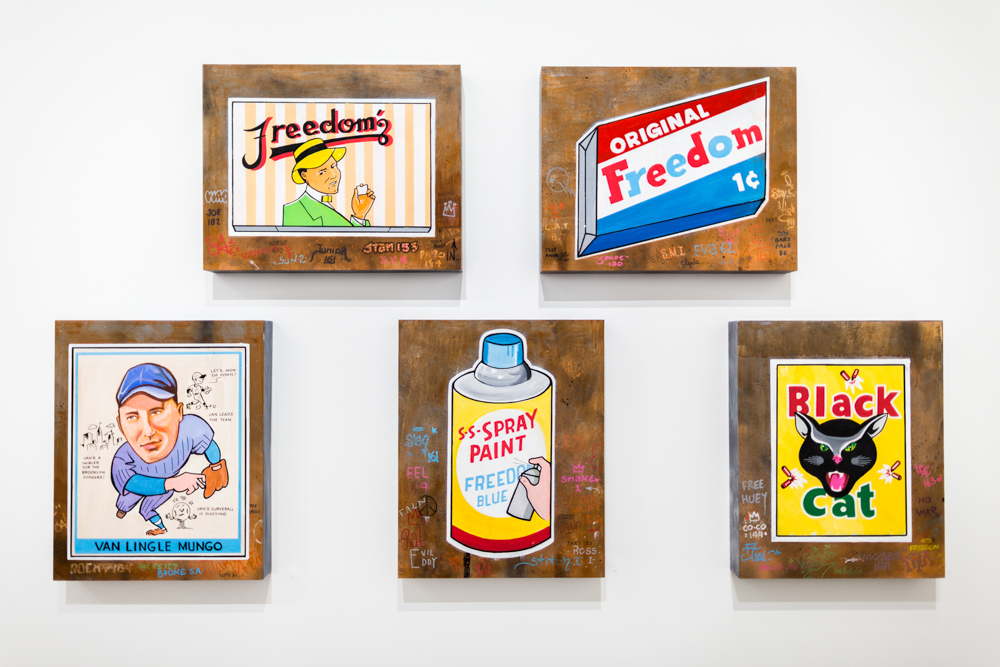
In our generation we would say social currency, because you’re not necessarily making any money painting trains. But you’re making a lot of money in your subculture because people would see at least five or ten hits that you’ve done in a matter of a couple days. So you guys were very wealthy in a certain sense.
Freedom: It’s true. Today – I mean, I live out by Pratt University and kids go through there for four years, they do street art, and when they graduate at 22 they’re like, “Where’s my show?” And Blade’s generation – and mine to a certain extent – there was no payoff. There was a social currency, which is great because it created mythological people, but there was no money at the end, there was no branding. That stuff didn’t come about until ’81 or ’82.
When you guys were sketching what did you like to listen to?
Blade: James Brown, all of Motown but especially Marvin Gaye. There’s a song called “Soul Makossa” which most people probably wouldn’t know but when you hear songs that like that you’re always hyped up and motivated to go out and just have fun and be wild.
And of course from the rock’n’roll side of it, of course, it would be Jethro Tull, Led Zeppelin, Yes, The Who, all of Jimi Hendrix, and Sly and The Family Stone. Because when people ask what kind of music was going on at that time period – if you ever see the movie Forrest Gump, the movie Forrest Gump is all the music that came along with the graffiti. Nobody’s breakdancing or spinning on their heads. We were listening to Jefferson Airplane. That was music – everything was about peace. And for me, I missed going to Vietnam by 23 days because I’m born January 23rd, ’57.
And it was ’56?
Blade: Yes, anyone born up to December 31st, ’56, you were likely coming out of a fishbowl and your ass was gone to go fight in a war that nobody understood or wanted to be involved in to this day. So that was the music we listened to. The music was very free and easy going, none of the stuff that you hear today. There was no violence or anything, it was all about anti-violence.
And the first writers that wrote before me from ’69, there was a song called “War,” by Edwin Starr. “War, what is it good for? Absolutely nothing,” and the whole bit. All of that is what really changed the course of young peoples’ thinking at that time period.
Freedom: I’m wrapped into the exact musical climate he’s wrapped into: ‘60s and ‘70s funk, soul, and rock. I do listen to some soft music, my wife is ashamed of me because of that. We only differ on jazz, I’m not cool enough for jazz and he is.
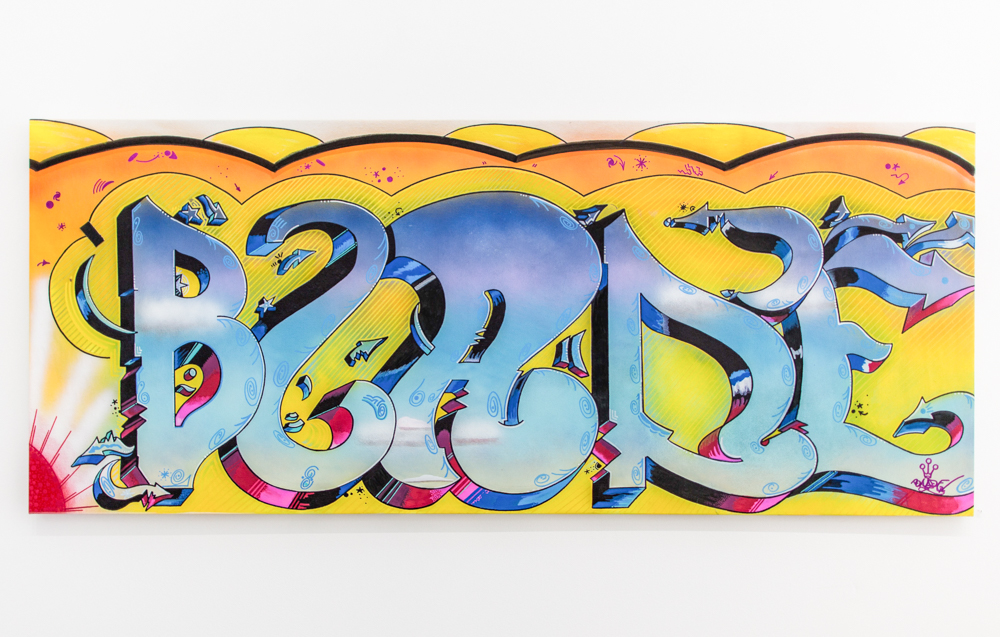
Who do you like?
Blade: When I painted my 5,000th train, I actually had my boom box with me – one of the original ones – and they were playing “The Shaker Song” by Spyro Gyra. So I listened to that music – Pat Metheny, The Rippingtons – and I’ve been listening to that pretty much ever since the ‘80s up to this point. And when I create paintings now, that’s what I listen to. It just really gets my head out there to expand to different colors.
Freedom: It’s interesting, it is very different between the two of us because music inspired a lot of these images. Music inspired a lot of these canvases and I find that fascinating and I don’t have that relationship to music. Which is kind of a shame. I like music, I enjoy it, but for [Blade] it’s a integral part of his artwork.
Speaking of aerosols, what is your main complaint about the aerosols you guys were using during your time and the colors that are available now.
Blade: I used to use lead pink but it’s better that it’s not in there. You’d be completely out of your mind if you kept using that. People that I wrote with, when they take blood tests now because they’re older, a couple of them actually shows traces of lead in their blood because there was only one type of paint back in the day: Red Devil. That was peoples’ favorites because when they cleaned the train your piece got brighter, you couldn’t clean it off so it made it really funny.
Freedom: In the great competition of things, writers today have it so much easier – as it’s supposed to be, each generation is supposed to evolve and do better. So yeah, with carbon and skinny caps and all of these different things and all the colors it’s all absolutely amazing. But we didn’t have it, we had stock caps. I painted with the worst. But it’s different because I wanted to be – my painting was about sketching, it wasn’t even about painting. I’m envious of kids today. Not only do they have it, but they know how to use it.
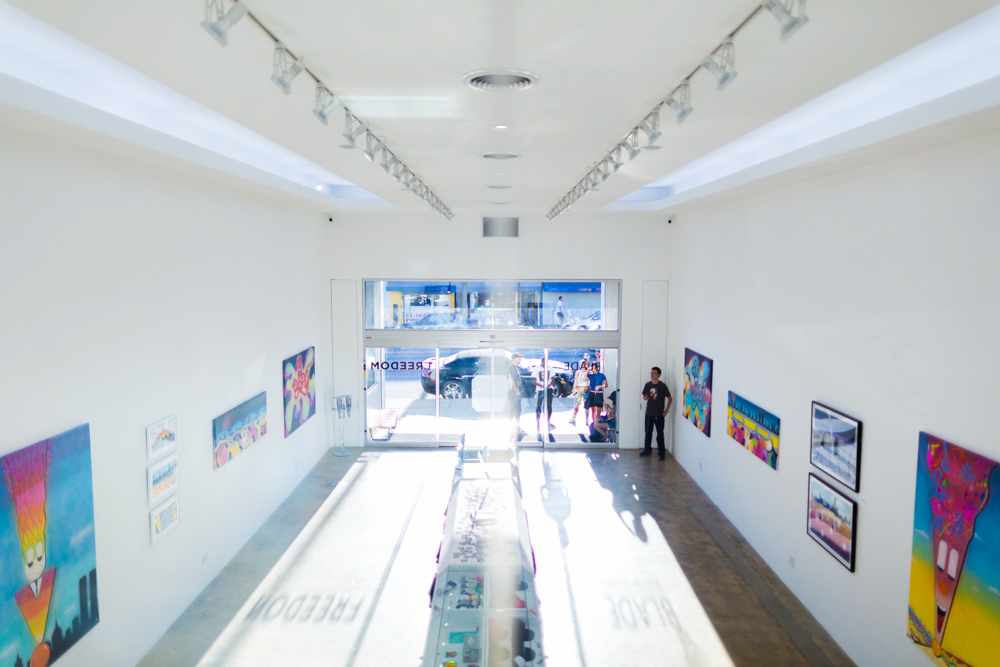
Do you think with being creative there’s this concept that a lot of people don’t understand that once you’ve already started on your path as an artist you’re trying to find yourself – but once you’ve found yourself you’re like, “I’m determined. This is me.”
Blade: I have people telling not what I should try, but what I’d better do, and of course even though I’ll earn less money, I won’t do it. Because I’m told that I better do it. A thing that I like to do is abstracts when I feel it. I’m like, “I feel abstract today,” so I paint it. Not, “This is going to make me a lot more money if I do that because I’ve been told to do it and I’ll get more doors to open.” Then the doors don’t open and, of course, I’ll earn less when I’m true to me. For me, I could do that tomorrow but I want to do what I’ve always been doing – what I feel.
Freedom: At a certain age your audience either follows you or they don’t, through your failures. I’m a big believer that you get paid for your failures as an artist, not for your successes. I’m painting a tunnel in Rochester right now, and I’m painting a 15 foot tall Bazooka Joe, a twenty foot high 1930 baseball card. People say, “Well, why are you doing that?” “It’s what I want to do.” And that’s it, I don’t feel like I need an explanation anymore. For a long time I did, I thought, “You gotta know the backstory of the painting, blah, blah, blah.” But I’m just at the point where they’re either going to follow it or not. I hope they do, it’s better for me.
How does it feel to live off your art? Because I saw you [to Blade] were in the Sotheby’s catalogue and you’re alive. [Laughs]
Blade: It’s strange actually, I was on the cover of Sotheby’s. I saved it, actually, because nobody would believe it. I was very honored to be on it. People were actually acknowledging graffiti in Europe and it’s finally getting some acknowledgment here, but I’m doing it as the graffiti person, not the street artist person. So even though I do this for a living, my struggle is hard. I’m not making what I should be making, but I know that hopefully one day it will come.
Freedom: I’m lucky I get to straddle both worlds. Just because I got caught up by the street art movement.
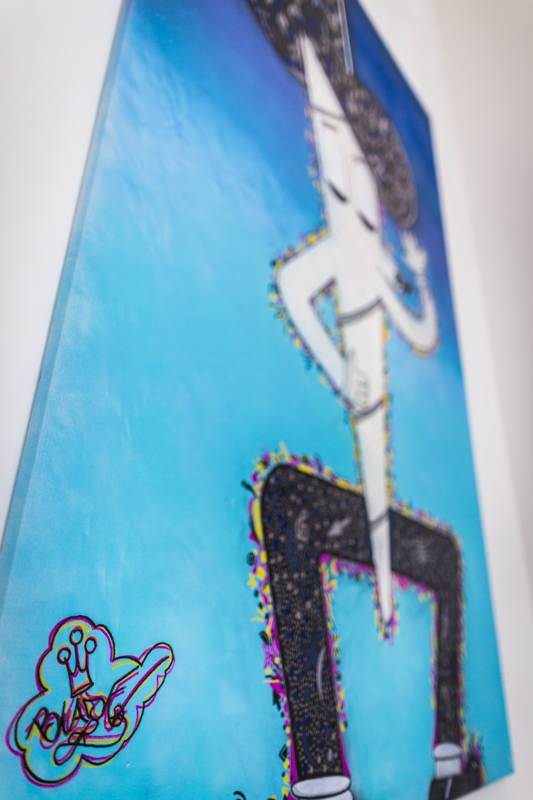
Can you talk about that very clear separation between graffiti world and street art?
Freedom: Separation of church and state? At the end of the day I don’t think graffiti writers can complain because street art is going to help graffiti when we’re talking about museum shows and gallery shows and exposing more and more. And graffiti gives a certain legitimacy to street artists – a certain ballsy-ness that I think is lacking in street art.
Blade: Which is true, what he’s saying. Even though it should be reverse, that’s the way it turned out.
Freedom: But they’ve got to coexist. They should be friendlier to each other – the older guys are and I hope that the younger guys are. But when you do this stuff for so many years, the Shepard Fairey who has got 20-something years doing it and Blade’s been writing since [the early ‘70s]. You got 34 years invested in this stuff and you’ve got a lot of time to deal with coexistence and stuff like that. I like street art.
Blade: I like street art as well, and what’s nice is that if you actually put everyone together then everyone gets along for the most part. And most of artists I’ve met – whether it’s Shepard Fairey or different people – they’ve actually said to me in person, “It’s because of you and what we saw in the old Subway Art book,” when they were children.
Can you talk about what it was like to grow up in New York at this time? Pre-Blackout? Transit authority, task forces looking for graffiti. What was it like to be there?
Freedom: Having studied this and lived it – there’s nothing like New York in 1977. David Berkowitz, the blackout, the rioting. You had more arrests during the blackout than you had during the draft riots in 1863 where there were ten murders and people being lynched. The streets went up. We had ten times the amount of crime and one half the amount of police that we do currently. Ten times the amount of crimes, ten times the amount of murders, etc. There was sort of a mythology that was being followed of being afraid of young kids – 12, 13, 14 year olds.
There was a time when you’d get on a train at the age of 14 or 15 with people on it and actually write your names.
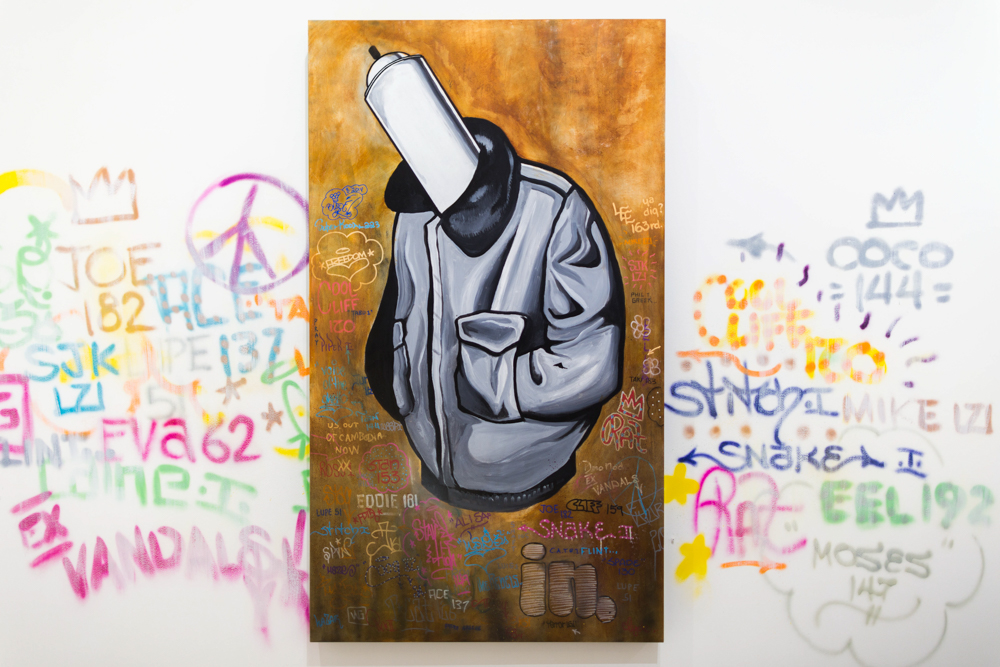
You operated in daylight. How do you feel about hip-hop’s absorption into graffiti? It being like a pillar?
Blade: None of it goes together but it’s great for marketing because the hip-hop and the breakdancing and the skateboarding and all that stuff – they try to put it together because it’s all one big marketing thing, because it’s not interesting to think of me painting trains and listening to Lieutenant Dan’s music. Not as exciting. Now it is what it is. One interesting thing to note about hip-hop is that hip-hop is the largest sound form of music since 1984. When you think about the history of rock and roll it’s ’55, ’65, ’75, ’85 – so thirty years. Hip-hop has now dominated the charts for as long as rock and roll did. That’s because they keep rapping over our music, sampling. There’s no onslaught of any type of music since that Sugarhill Gang and Grandmaster Flash – those guys from ’79 – they’re still dong rap music to this day. I’m on the wrong topic, man. I’m just not into it.
Earlier you were saying you did backdrops –
Freedom: I did six hand booklets for Run DMC in 1986 and it had to be done in one night. And, in fact, the Beastie Boys rolled through – this was down in the West Village – it was a commercial job and it paid well. I barely knew Run DMC was. They showed up and they were super nice guys, the Beasties were really cool too. But we were across the street from a school, and at 8:30 that whole school just veered onto the set. There must’ve been 400 kids and I was like, “Who the fuck is Run DMC?”
So I kind of got educated real quick.
Do you two still live in New York?
Freedom: I do.
Blade: He does, I moved out of New York to Florida. This November will be three years. 55 years of New York and three years of this and Florida is better. Everything wild in New York I’ve done. When you get older you want to settle down and kick back.
Is there anything about the New York of now versus the New York of your times that you miss?
Blade: New York was fun and if you went right now to have a good time, you’d go to prison. That’s the only difference, everything I was doing in the ‘70s is now a felony. Somewhere in the middle of this book you see me and the original Crazy Five guys – all white guys – we’d go to Central Park 10 years before the movie Ghostbusters and we’d rip all our clothes off and run through Central Park in our underwear. Everyone was swimming, jumping off of bridges, running through the park... if you do that now you’re on the news.
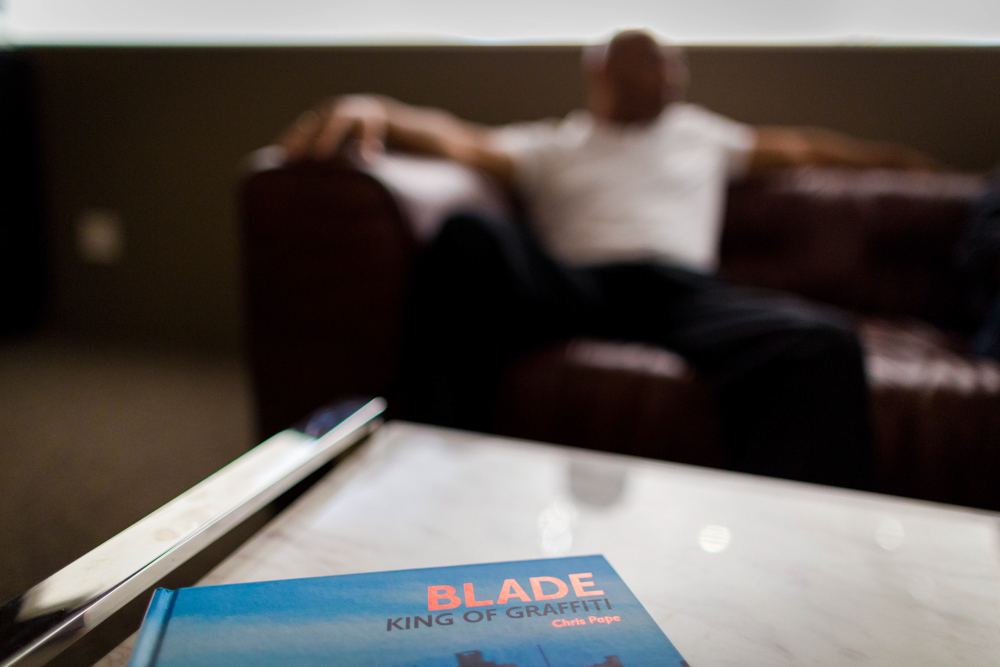
How long did it take you to get this book together?
Freedom: We worked together on three months. Blade put together some money to help me out to get me back and forth to his house. And then we did three hour interviews, but never more than that because the juice kind of ends after three hours. He’s got a really amazing and tricky mind that remembers anything. So I would take them home, transfer the tapes, put them in chronological order, figure out what needed more time, read stuff back. Then I cross double-sourced everything from his friends growing up so it was all fact checked thoroughly.
Blade: That way I can’t lie and make it bigger than it is, it’s exactly how it is. You’re documenting history, don’t make it bullshit.
Freedom: It’s quite a story and there are only two or three writers that could put together a book like this just because of their own personal story and the artwork itself.
Any last encouraging words?
Freedom: I knew Blade and I knew his reputation and I saw most of his photos and stuff like that and I still was not fully sold on the idea that Blade was an artist. Which [to Blade] you didn’t know, when I was sitting down interviewing you, but I have to tell you he hit a run in 1980 where he pulled off 10 to 15 whole cars that, in my opinion, is not just art and graffiti. He made a lot of graffiti art, but it rivaled – I don’t know where the brilliance comes from, I don’t know why it clicked and he figured it out then –
Blade: – Mescaline.
Freedom: Those ten or fifteen whole cars to me rivaled the greatest art that was painted in the ‘70s. Which isn’t that difficult since we were dealing with minimalism back then. But they’re iconic pieces that are iconic pieces of subway graffiti art and iconic pieces of fine art. And the rest you can argue about, but I’m sold on it and I believe he’s an amazing talent.
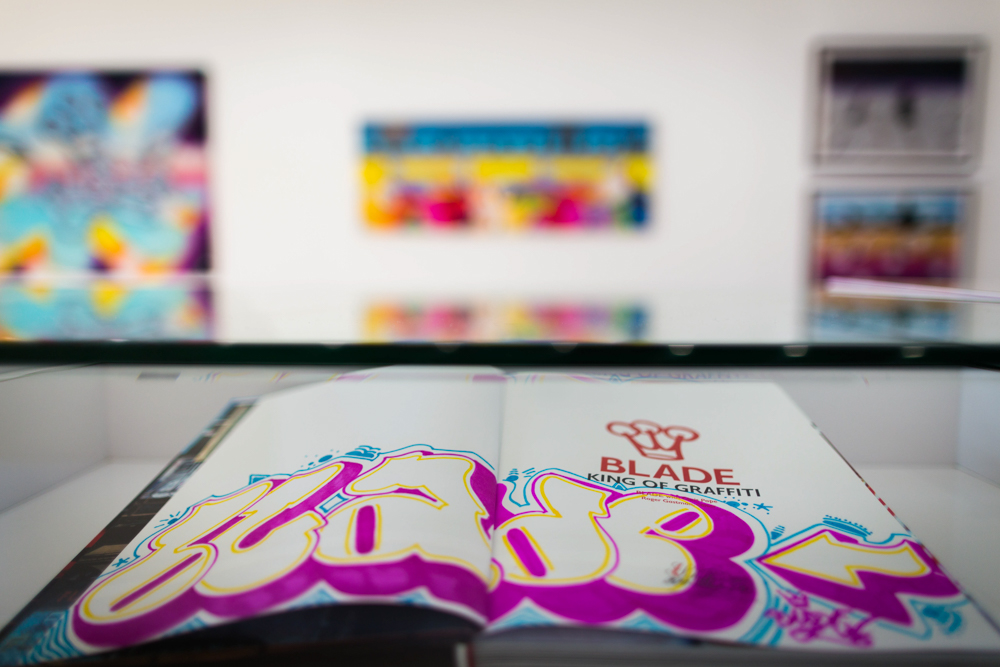
::
Visit the current exhibits Blade | King of Graffiti and Freedom | The Rochester Series at The Seventh Letter through September 13th.

